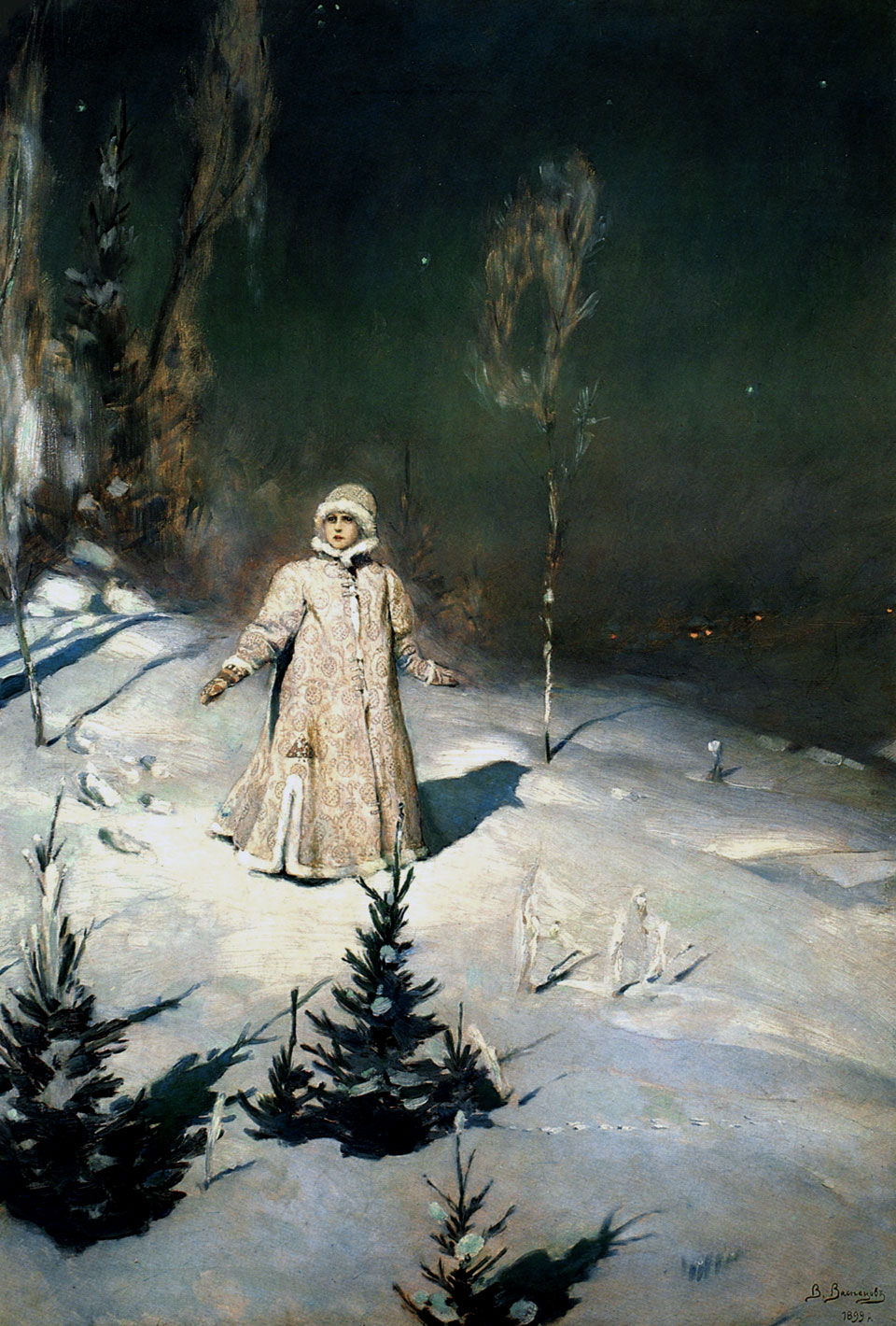During the time of the Crusades, the Christians invaded Eastern Slavic lands in the 9th century. The pagan lands were also under attack by Hazaria, and because of these atrocities, Eastern Slavics became easy victims to slavery, murder, torture, and theft/warping of their culture and spirituality.
Behind hosts of christians lasted rahdonits. Rahdonits was a community of slave-traders from Hazaria. In those terrible years so many children and widowed Slavic women have been sold to the West, that in the languages of Europe the name of Slav forever became a slave brand. The word ‘slave’ in English, ‘sklave’ in German, ‘slaef’ in Dutch, ‘esclavе’ in French, ‘esclavo’ in Spanish mark the way of the rahdonits in these lands.
After that Hazaria had obliged its nearest Slavic neighbour – Rus, to render tribute in the form of Slavic girls. This was done so that the trafficing of Slavic slaves to Europe would continue.
The terrible tribute went on until the 10th century, when Russians under the command of knyaz called Svyatoslav destroyed Hazaria.
Slaves from Slavic lands were women and children. Slavic men seldom became slaves because the status of a slave was a reason for a ritual suicide.
References:
L. Prozorov. Svyatoslav the Brave. 2003.
L. Niederle. Slavic antiquities. 1934.

